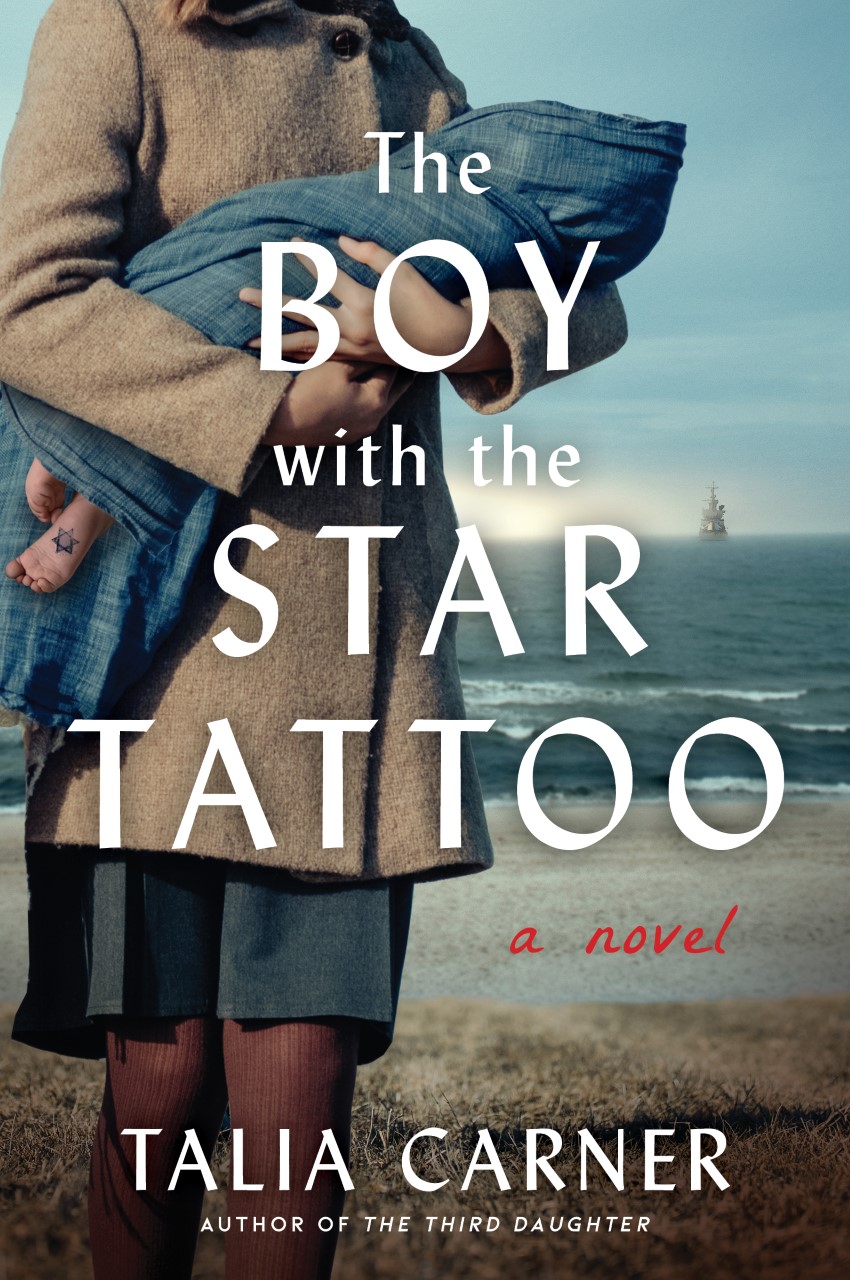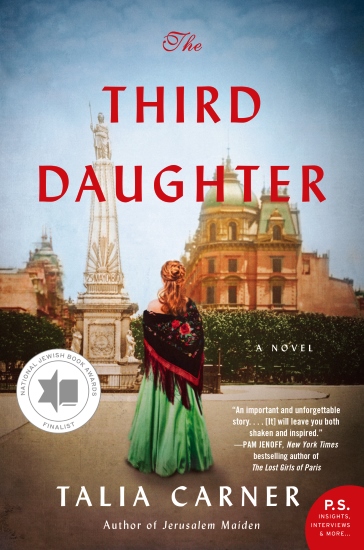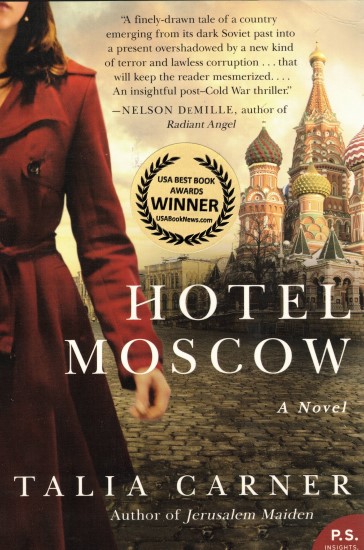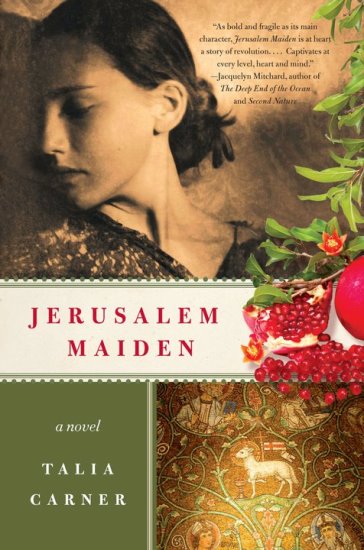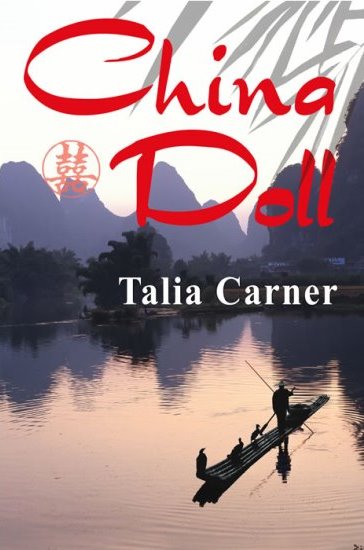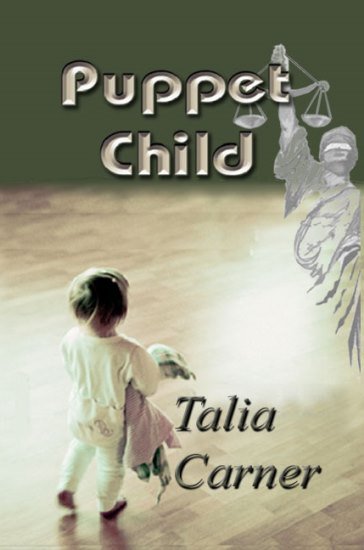Additional written interviews:
Background of THE BOY WITH THE STAR TATTOO:
Q: Your new novel falls into the category of “historical fiction,” yet you consider yourself an author who writes about social issues.
A: I write whatever subject plants a seed in my head, starts shooting roots, and then spreads throughout the whole of me. I categorize my novels as “heart-wrenching suspense.” Even though THE BOY WITH THE STAR TATTOO doesn’t deal with such topics as infanticide or sex trafficking, it presents questions of personal, religious, and ethnic identity. These are very fundamental to each of us. It also asks to judge former Nazi collaborators—and the principled standards by which we, from the distance of time, view their moral dilemmas and choices. The power of every novel that engages—historical or contemporary—is when moral predicaments and psychological quandaries that are threaded through the story tug at the heartstrings.
Q: How close are the historical details of the Saar boats escape to reality?
A: I tried to stay as close to the events as possible, and especially to capture the spirit of resolve, dedication and the sense of a calling that fueled the men who had served in Cherbourg and the families that accompanied them. However, I diverged from the real story in two ways:  The first is the characters: I did not model the team upon real-life players. Throughout my writing I felt uncomfortable developing Yaniv as a gruff commander, while Hadar Kimche was the most humble, soft-spoken, and caring human being. Once I was in the fictional world I created, though, the characters wrote themselves based upon their respective roles.
The first is the characters: I did not model the team upon real-life players. Throughout my writing I felt uncomfortable developing Yaniv as a gruff commander, while Hadar Kimche was the most humble, soft-spoken, and caring human being. Once I was in the fictional world I created, though, the characters wrote themselves based upon their respective roles.
The second divergence is that I changed the timing of the departure of Saar Six. It took place not in September 1968 but in December 1968—only three days prior to the departure of Saar Seven (which I pushed up a month into January.) The real-life mere three-day gap between the hasty departures of the two boats was far too narrow to bring the reader into the time, place, and circumstances as they are viewed through the eyes of the protagonist, Sharon.
In doing so, I used Michael Cunningham’s philosophy: “Any writer who sets part or all of a novel in an identifiable time and place faces the question of veracity. …. Historic events must be rendered with absolute precisions. Battles must be fought where and when they were actually fought; zeppelins may not appear in the sky a moment before they were invented…. The strict sequence of historical events, however, tends to run counter to the needs of the storyteller.… The fiction writer must decide what degree of slavish accuracy would make their stories more alive, and what degree would make them less….”
Q: You also feature real people as characters.
A: I take a special pride in featuring Félix Amiot as the man I got to know and admire decades after his passing. This Frenchman’s place in history has been very misunderstood. Thanks to my interviews with people who had spent time with him and benefited from his kindness as well as great research by a scholar, Justin Lecarpentier, I learned to appreciate this decent, generous man through the prism of his human dilemmas. The moral choices he had to make put him and the two immense businesses he had built sequentially—aviation and shipbuilding—in great danger, yet he took the moral road time and again against these personal consequences.
Q: What was the most challenging part of researching this novel?
A: Interestingly, while there are several good books about Youth Aliyah and the emotional experiences of youngsters rescued from Europe before, during and after WWII, there is a dearth of information as to how specifically these children were found. Those who had somehow arrived at Jewish orphanages or Displaced Persons’ camps had already been located. How? By whom? Who moved them from place to place or brought them to these centers? What about the hidden children in farms or monasteries that were never reclaimed? I read about twenty memoirs of such former children and none explained this part. “I was reunited with my parents,” “I left the nuns that had raised me,” or “I was taken to the train station,” hardly described the actual moment, who took physical possession of them, or the scenes that must have been extremely emotional. I’d heard of Israeli agents, “shlichim”, who had combed the countryside and knocked on doors. It raised more questions than answers: How did they know on which doors to knock—and why would anyone give a child they’d cared for a few years to a stranger from another land?
Unfortunately, most Israeli agents had passed away by the time I began my research. I was lucky to locate one former agent, a woman in a nursing home who answered in a feeble voice. “We paid. Money always did it. The Americans gave us money.”
A second breakthrough in this portion of my research happened when I was invited to a Zoom conference of Huguenots living in the Loire Valley as they discussed the topic of “Righteous Gentiles”—non-Jews who had sheltered Jews during the Holocaust.
Armed with those snippets of information, I investigated and interviewed historians about the prevailing mood and cultural climate of post-WWII France. It enabled me to weave the painful, yet exhilarating, journey of Uzi Yarden, a young kibbutznik dropped into a world as foreign and bewildering to him as it was for the children who had lost everything.
Q: Each of your novels stands alone, with no connection to your other books. You seem to start from scratch. Is this another such case?
A: When I walked for the first time through the cobblestoned alleys of Cherbourg, I had no idea what the story would be. I had arrived there after much of my Israeli-side research had been done, and I was armed only with the confidence that the story would reveal itself to me once I would be staying in this town. Sure enough, by the third day, the young woman who had been the granddaughter of my protagonist of JERUSALEM MAIDEN popped up. In my 2011 novel, Sharon had a cameo appearance in the epilogue. She was a minor character, but I knew her well—her family and personal histories, her feisty and curious nature that didn’t leave questions unanswered, her intelligence. And the timing of 1968 in Paris when that epilogue appeared and now my new protagonist arrives in Cherbourg at about the same time were incredibly fortuitous.
Eventually, once the story developed its stand-alone dynamics, I rewrote the first couple of chapters. Sharon’s journey now begins in Israel. Yet readers who loved Esther in JERUSALEM MAIDEN will be surprised to find her again as an old woman, a secondary character who is Sharon’s grandmother.
Q: Some fiction writers create fictional villages or towns. Since COVID prevented you from traveling, why didn’t you?
A: A place is a character in a story. Rarely is the case when geography doesn’t affect the circumstances of the story and hence, emotions and decisions. A place can’t be coincidental or incidental to the events, but rather critical to shaping them. I had already visited Cherbourg in Normandy, but once Château Valençay in the Loire Valley became a second focal point, the villages and towns around it had to be plausible, not imagined. Discovering the fascinating story of the Duchess that even the current administrators of the château were unaware of, was exhilarating. Its complexity (e.g. the title “Duke of Sagan” was German) offered new plot twists that no other château could have bestowed upon the story.
During the pandemic, I used local consultants to help me select, via Zoom, the other area villages to anchor my story. Luckily, drone videos helped me further narrow down my selection. In October 2021, I was finally able to travel to the Loire Valley and discovered on the ground that one key place presented differently than I had envisioned. I drove around until I found a village that felt authentic, and I was delighted to relive the scene by walking its streets.
Q: The name Cherbourg rings a bell. Why?
A: It was featured in the iconic classic, The Umbrellas of Cherbourg, with Catherine Deneuve, which was filmed in 1964, just about the time the Israeli team had first arrived. It is really a very rainy town—it rains to some degree on 70% days of the year.
Q: How was the process writing of this novel similar or different from your previous five novels?
A: Each novel is a different journey, one with no clear path or itinerary. What’s clear are the theme, the settings, and the protagonist through whose eyes the plot unspools. Have you heard of the analogy that writing a novel is like driving a car from New York to Los Angeles? You leave at night, you know the final destination, yet you can only see as far as the headlights. That is very true for me.
But that’s where the similarity with my previous novels ends. In the five years that it took me to research and write THE BOY WITH THE STAR TATTOO, I found the structure of this novel very challenging. It took literary maturity—and patience—to tackle it. I had to juggle not just three points-of-view, but also events taking place at different historical periods. Only each specific POV character could recount his or her actions and events happening in that universe. Braiding the three threads—almost like a challah bread—while aligning and staggering the stories—took months of trial and error.  I moved chapters around, rewrote scenes, cut material, and added nuanced details before I was satisfied with the flow of the novel. In the photo you can see the color-coded cards with which I worked out the structure.
I moved chapters around, rewrote scenes, cut material, and added nuanced details before I was satisfied with the flow of the novel. In the photo you can see the color-coded cards with which I worked out the structure.
Q: There have been numerous novels about the Holocaust. How is this novel different?
A: This is not a novel about the Holocaust. While we see a distant view of WWII from an uneducated French seamstress who doesn’t quite get what’s happening to the Jews, 1946 is post-Holocaust. It’s a period—and especially the rescue of Jewish orphans—that has hardly been explored in fiction.
Also, I’d like to say that in the Holocaust novels I’ve read (by no means all of them), there is often the desire to immigrate from Europe to the United States. Palestine is not even mentioned as an option. Yet what about the hundreds of thousands of refugees who made their way to the eastern Mediterranean basin? They swelled the ranks of the Jewish population there and made possible the establishment of Israel shortly after. This huge chapter in history had to be celebrated.
Q: Some of your previous novels have an epilogue, taking the reader way past the main story. This one doesn’t. Why?
A: Actually, I have a very clear epilogue in my head. Unfortunately, it presents yet-another heartbreaking twist. I’ve decided that we’ve had enough of tugging on the heartstrings. Maybe one day, I’ll write it and post it on this website or my blog.
Q: What would you like the reader to take away from the novel?
A: The back to basics. To recall the commitment of those who dedicated their lives to the State of Israel. To revisit the spirit of what Israel stood for then—and remember that in that sense nothing has changed: every day tens of thousands Israeli men and women dedicate their lives to protect the country. The existential threat has not diminished, with new “Hitlers” popping up. Yet, anti-Semitism rears its ugly head in the academia and on the streets of Europe and the United States. Israel stands alone as the only home for Jews which welcomes them.
Q: Off to writing your novel number seven? What’s it about?
A: I’m beginning to research and write about a major social issue but am not ready to discuss it. I can reveal though that I surprised myself when the story hit me as taking place in a country I had never visited and in fact, had purposely avoided…. I’m curious to see where the protagonist will take me.
